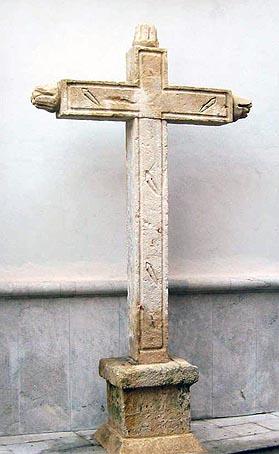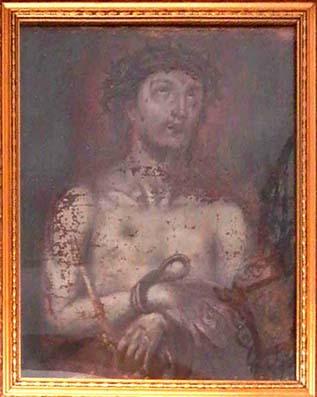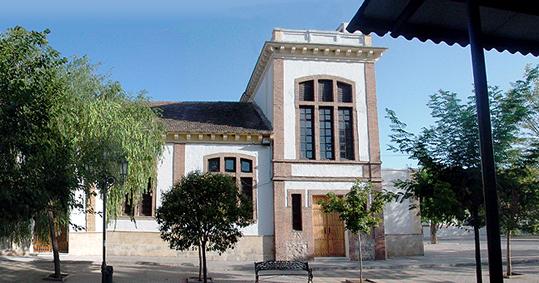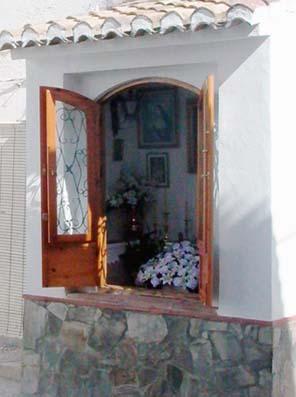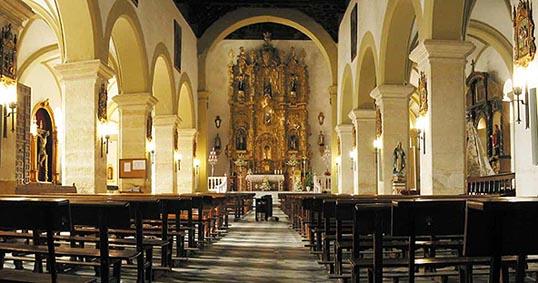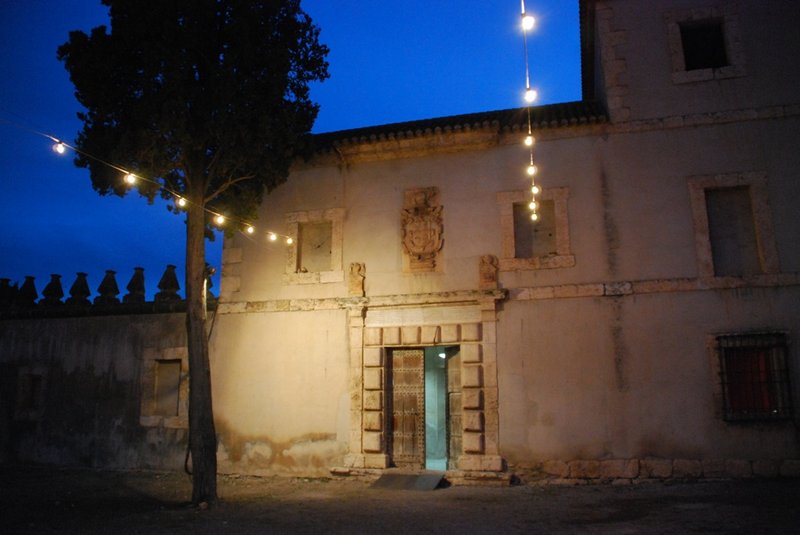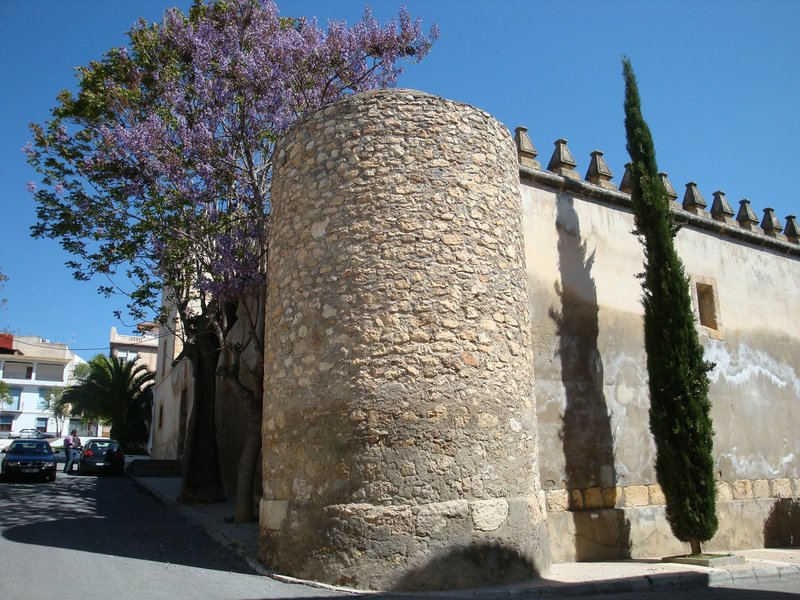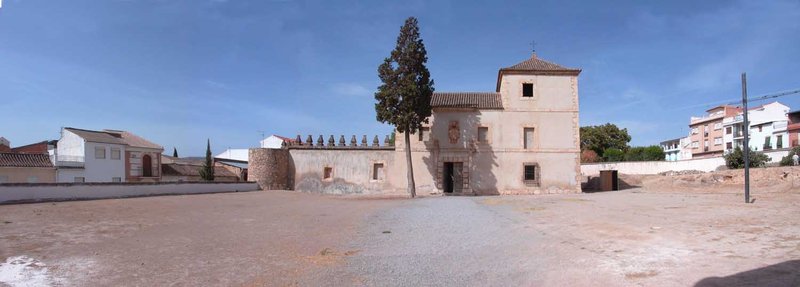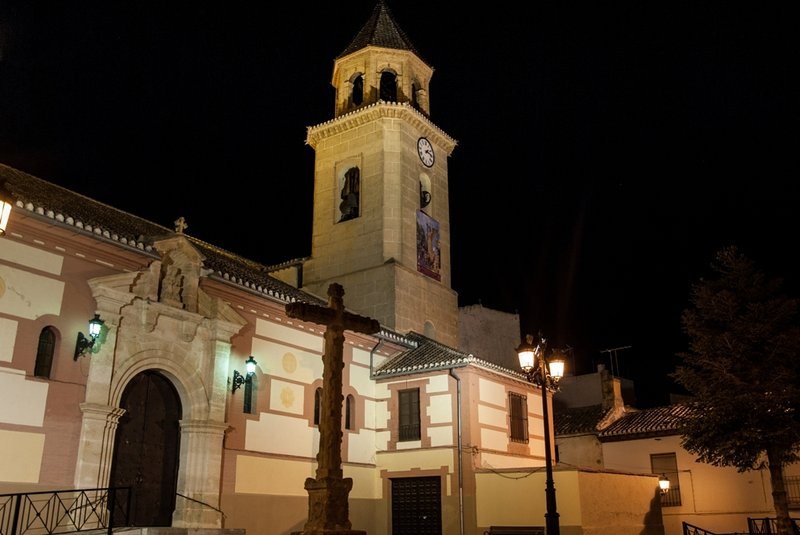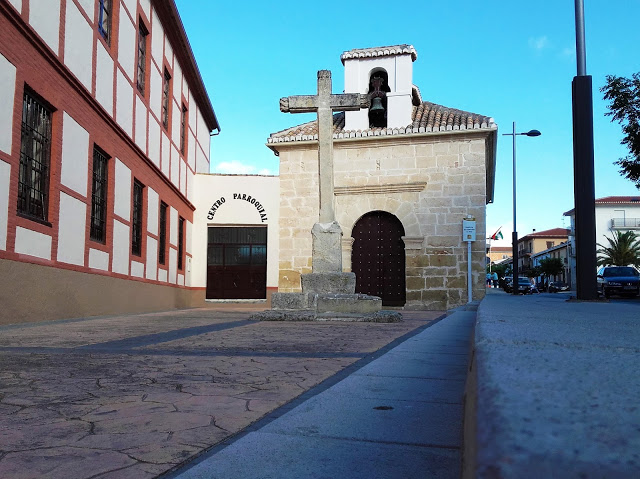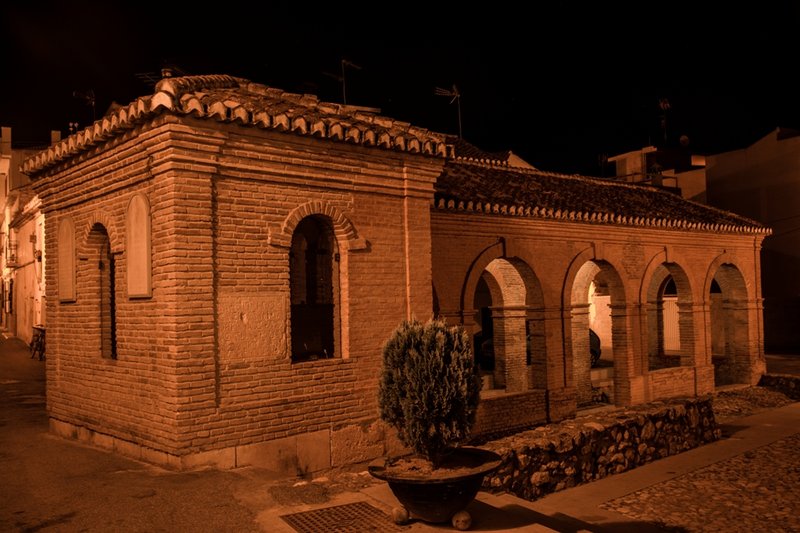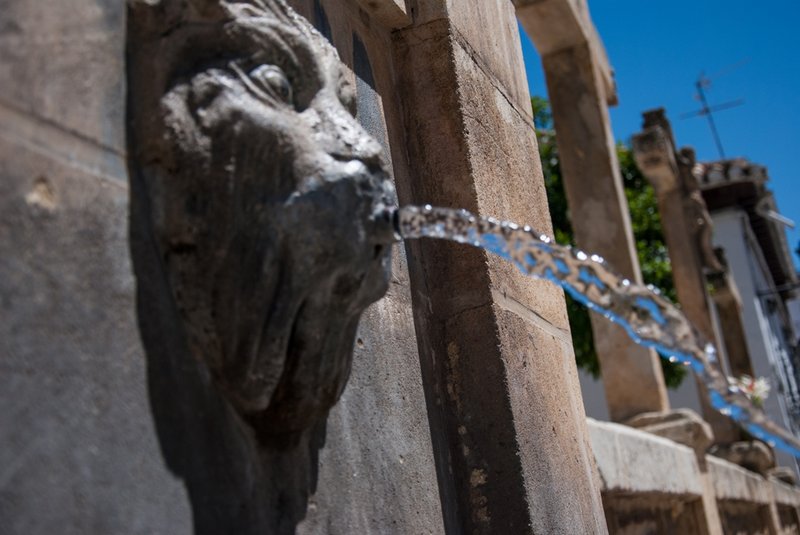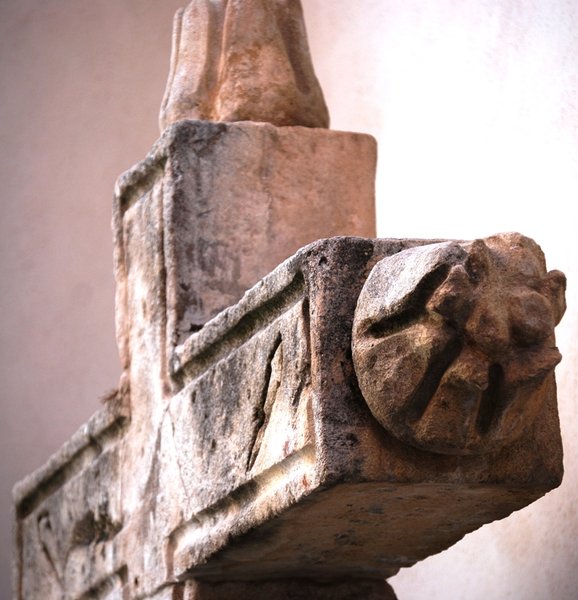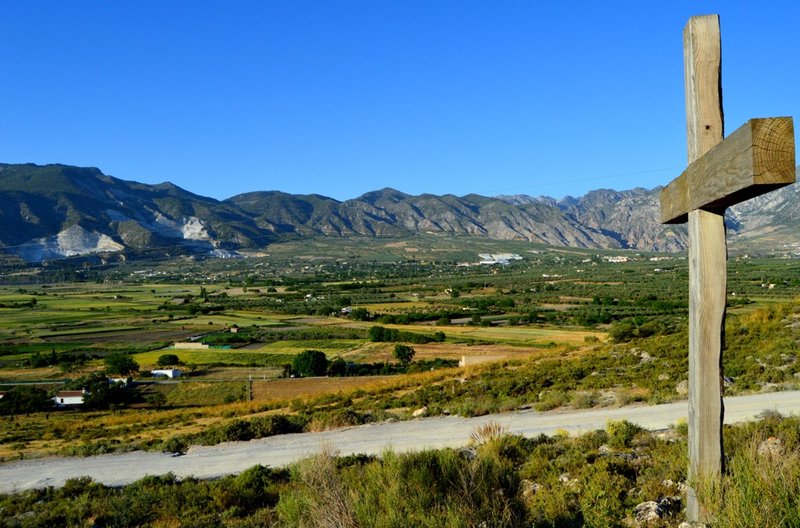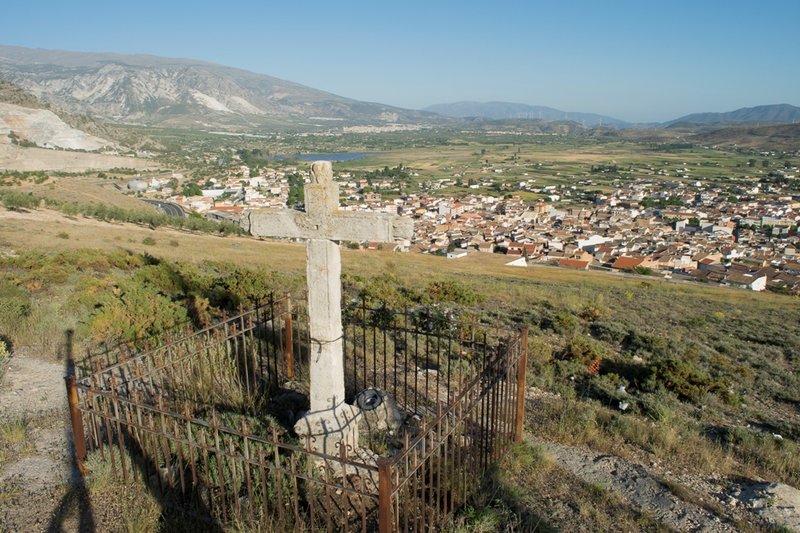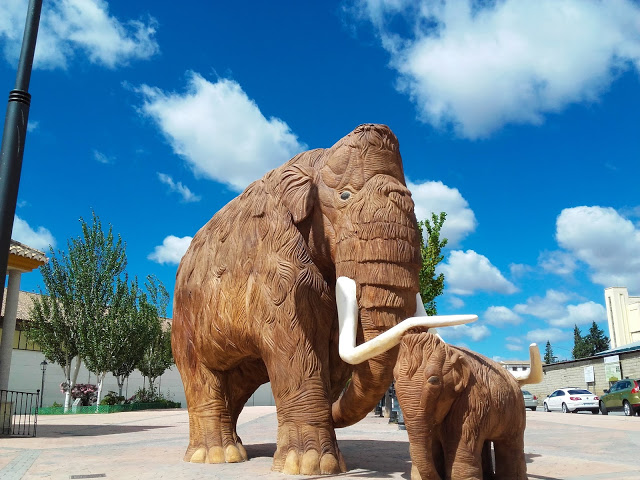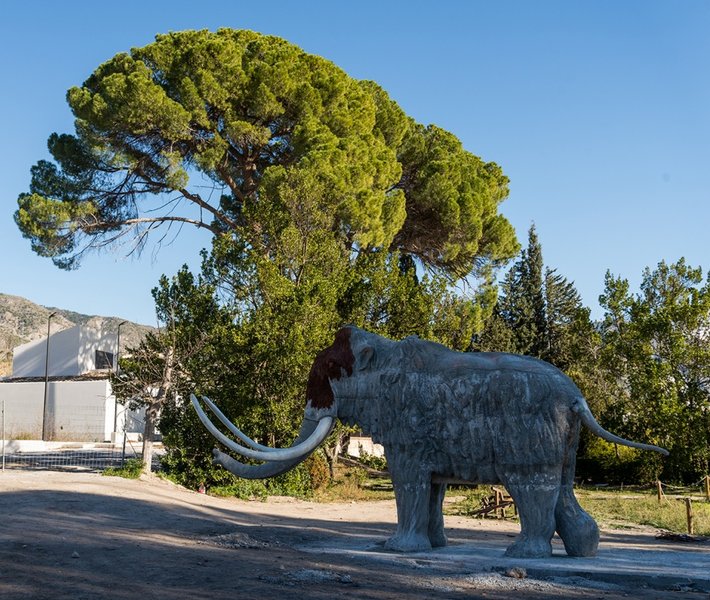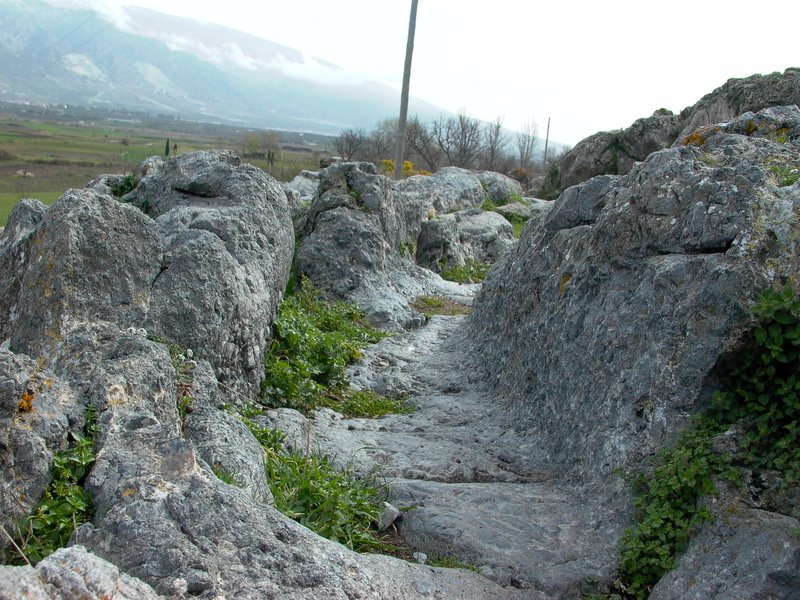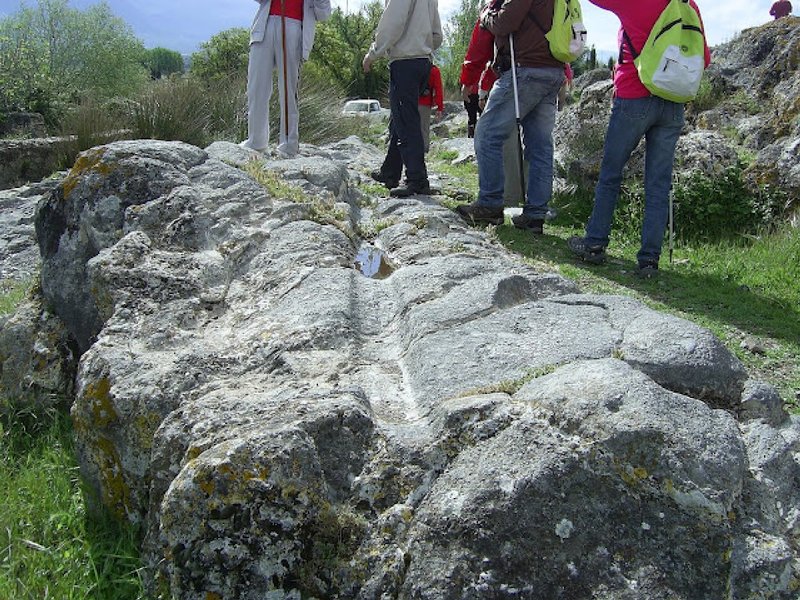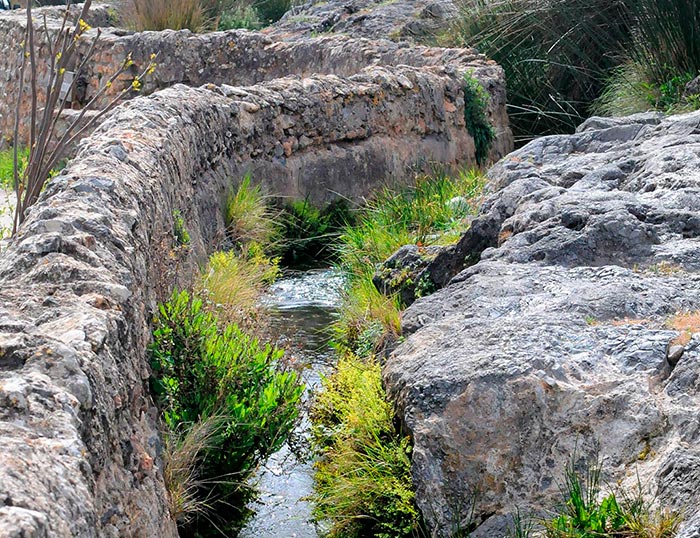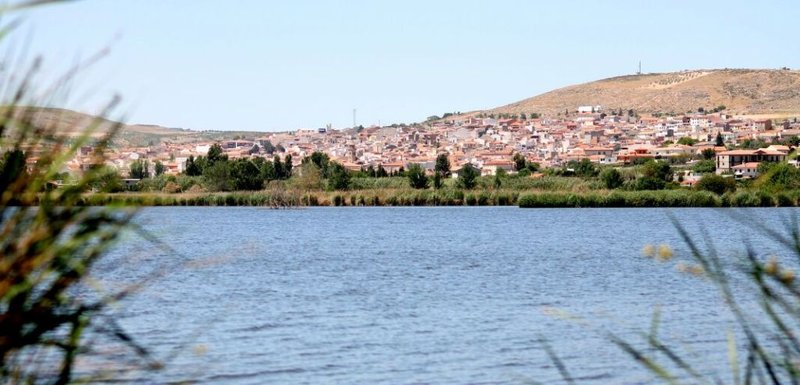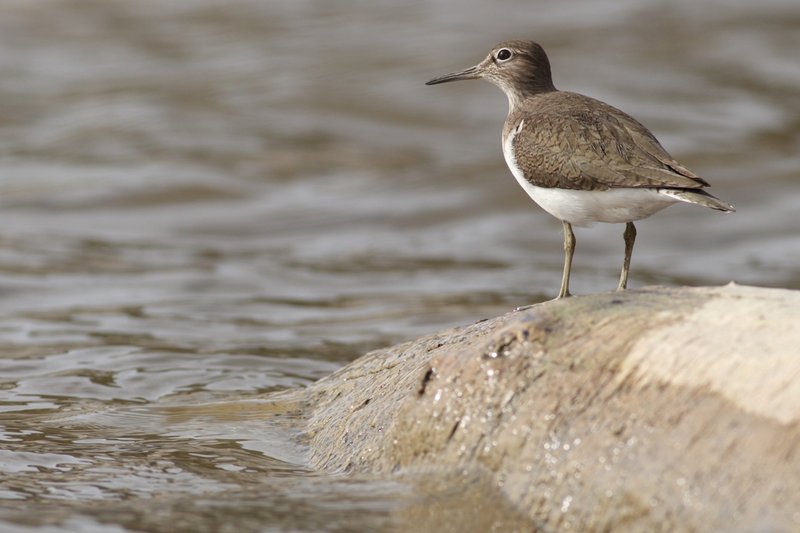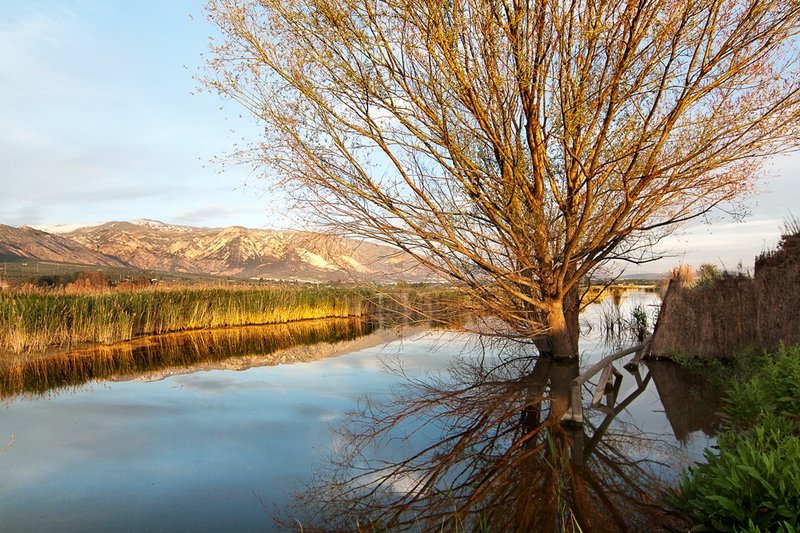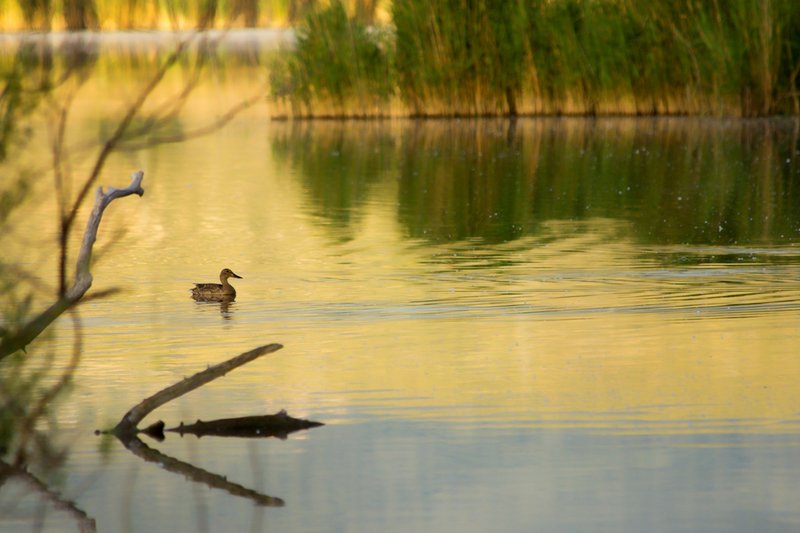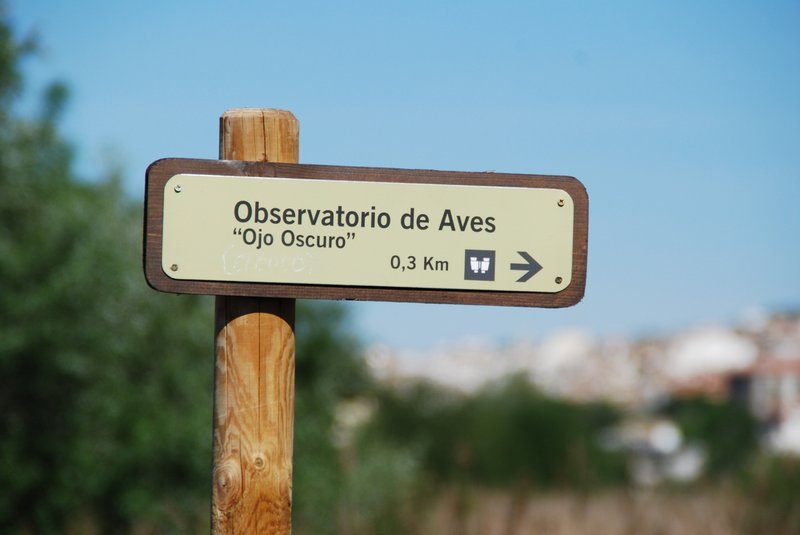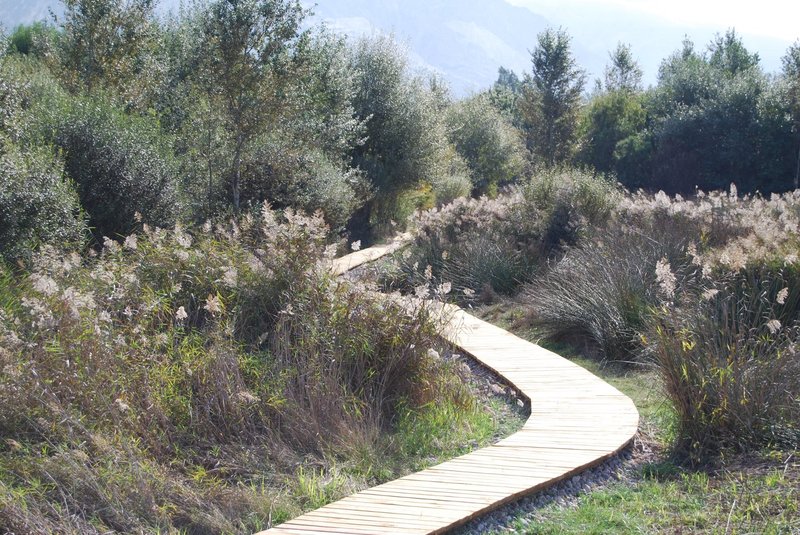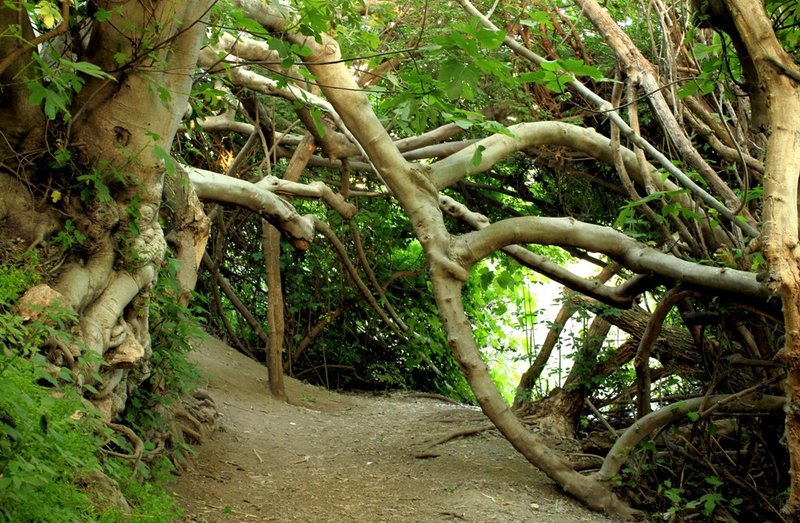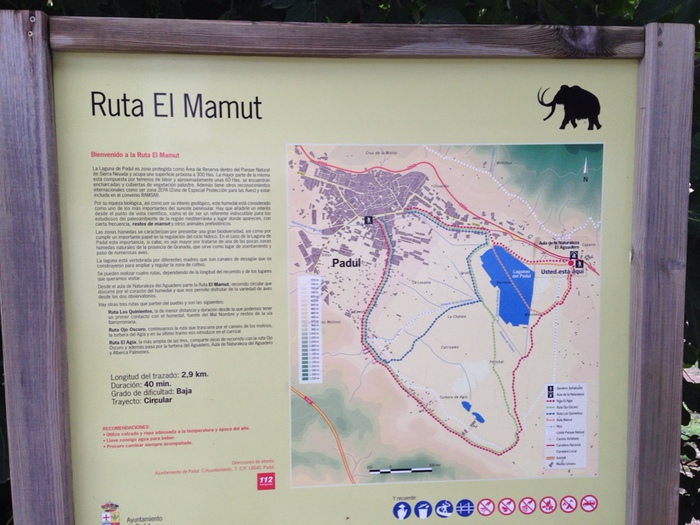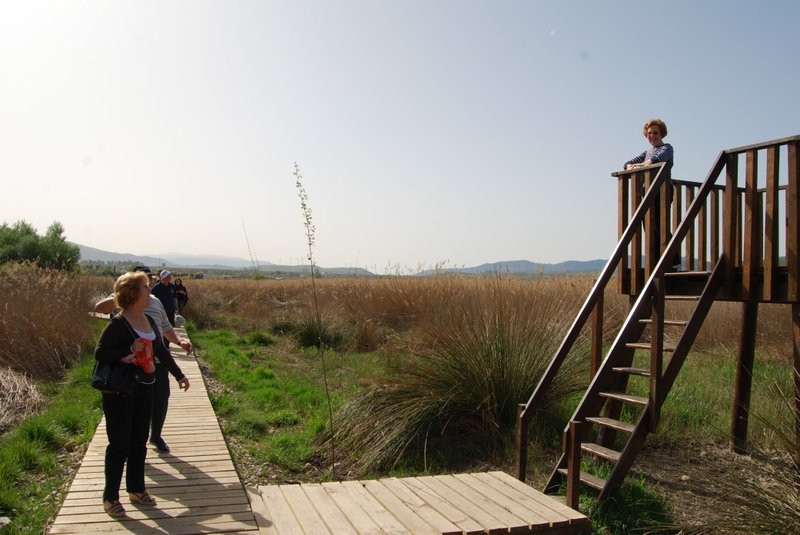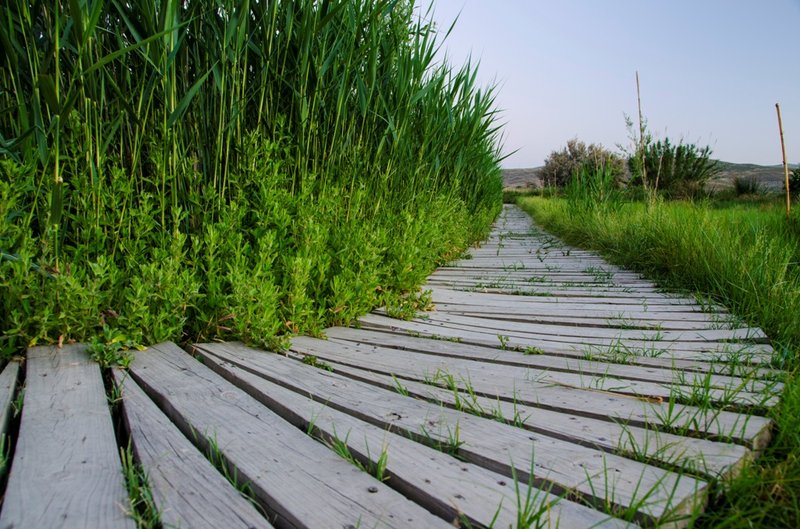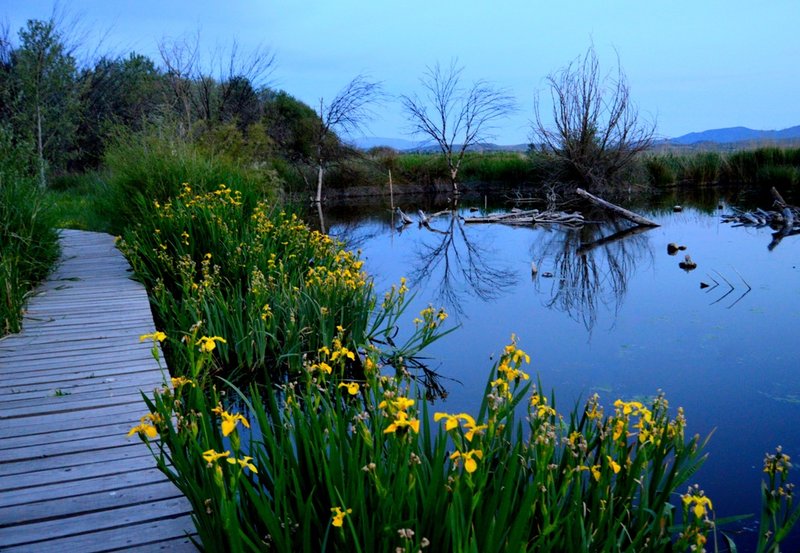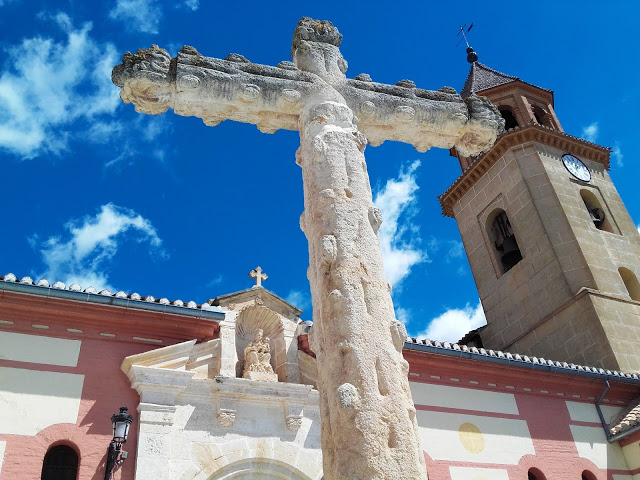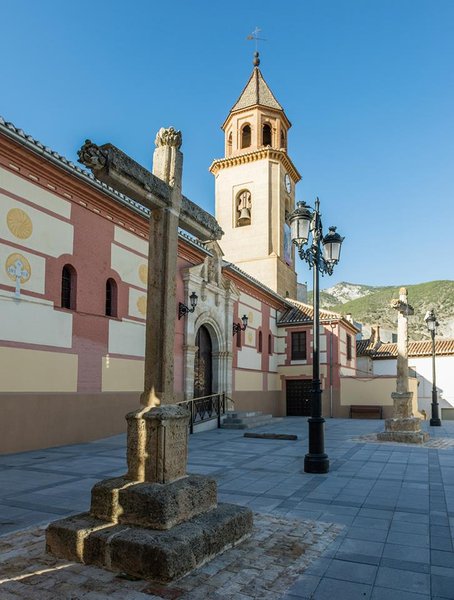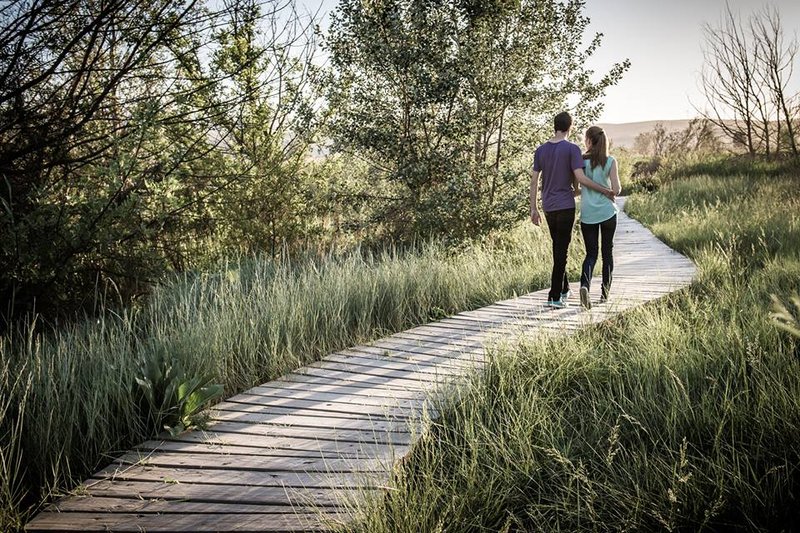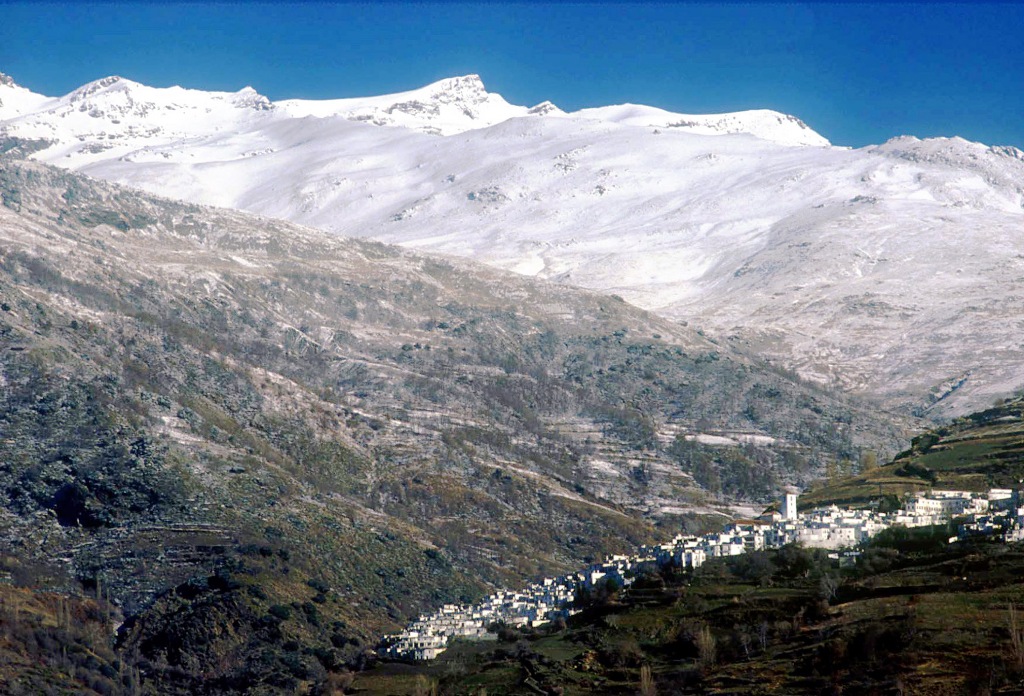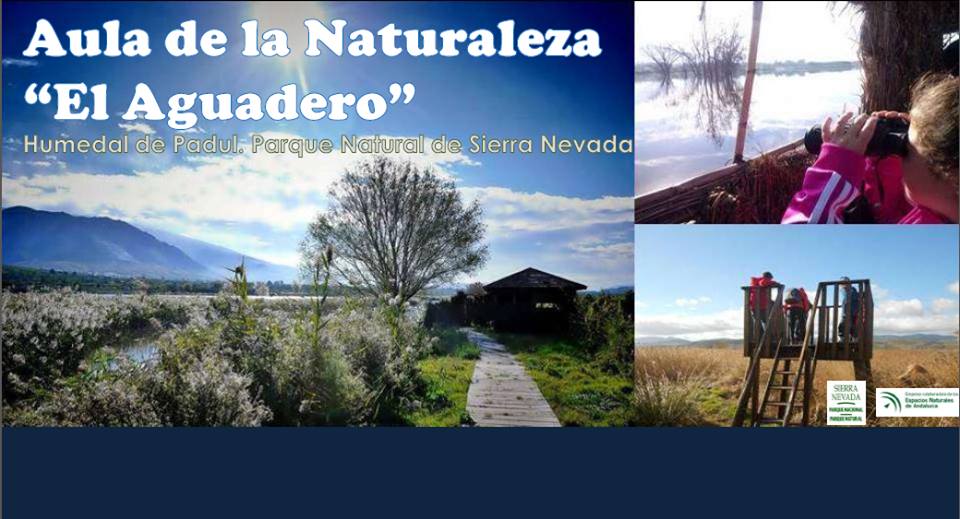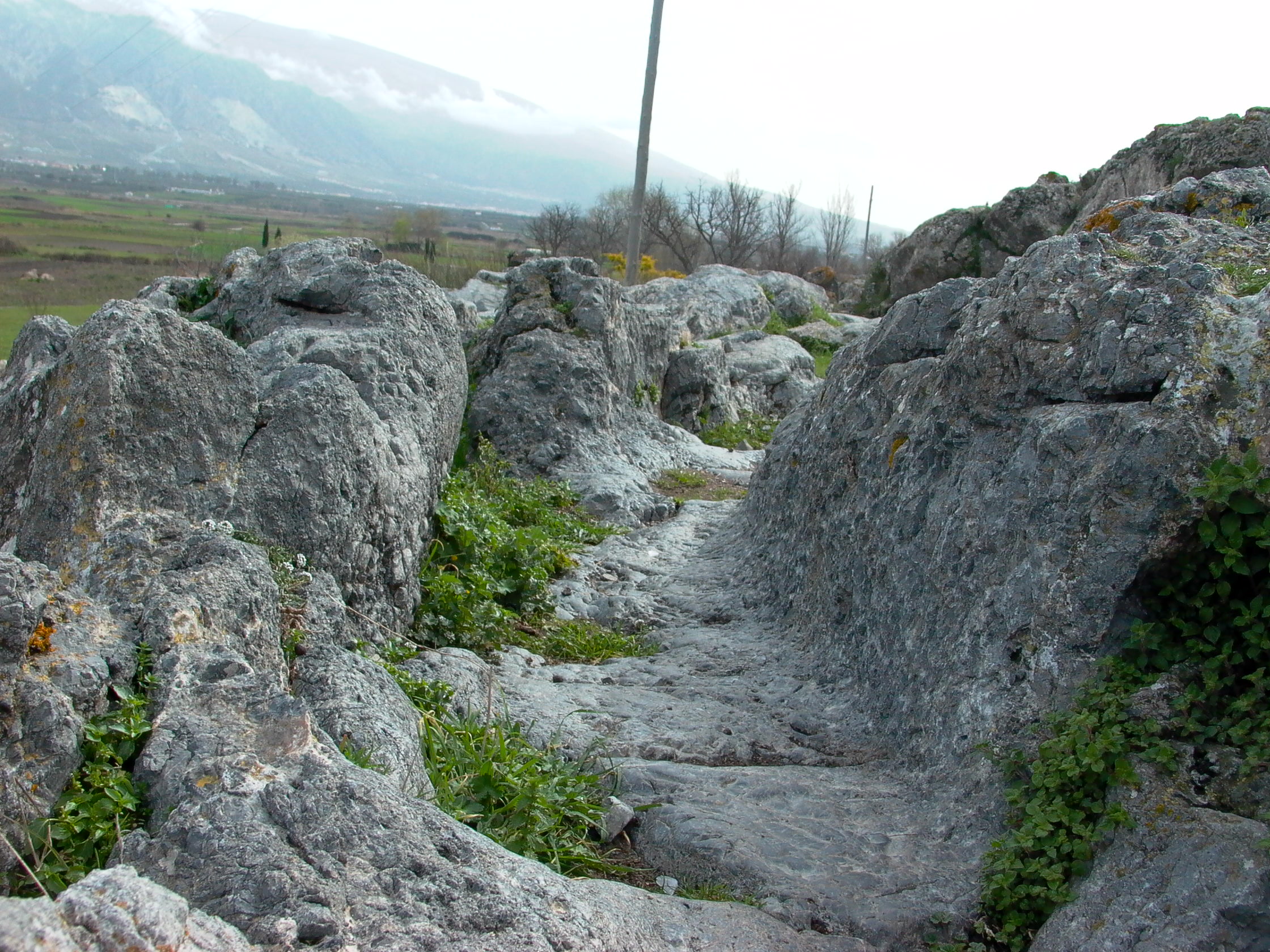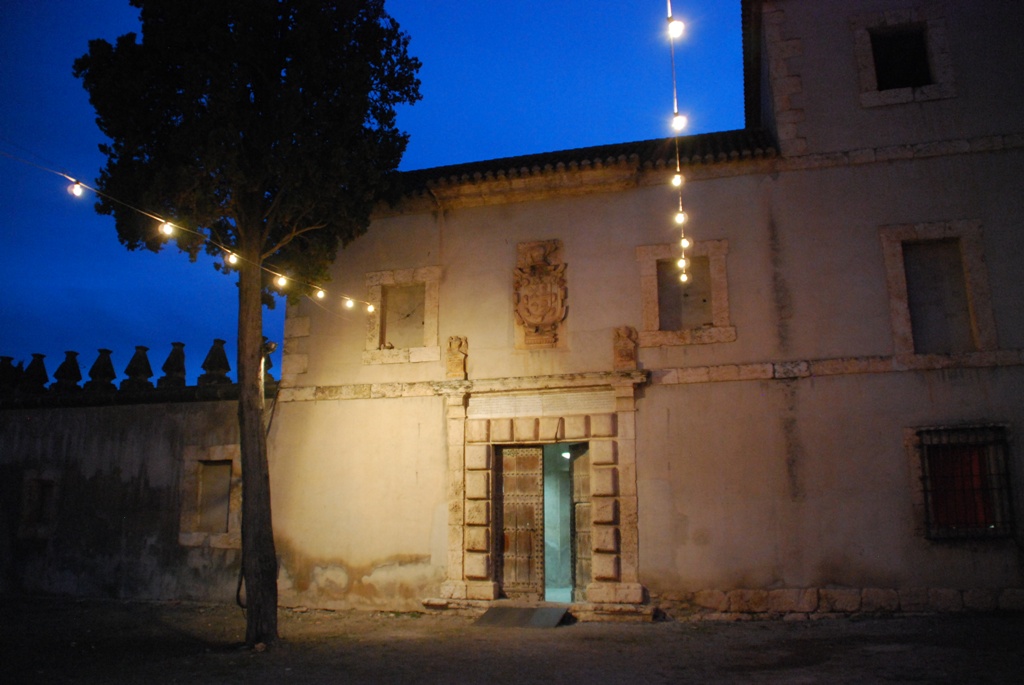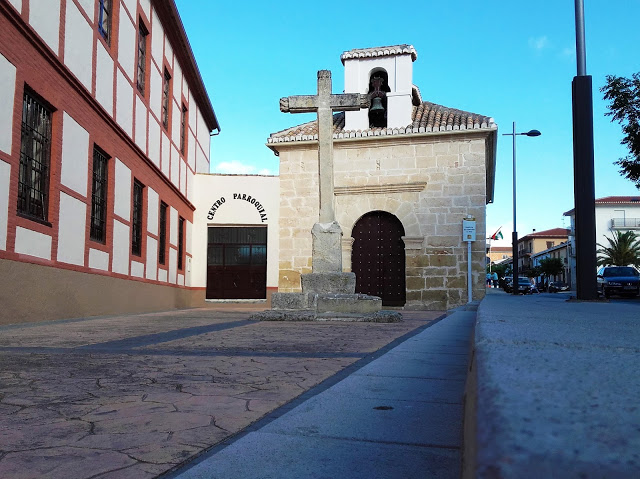Padul
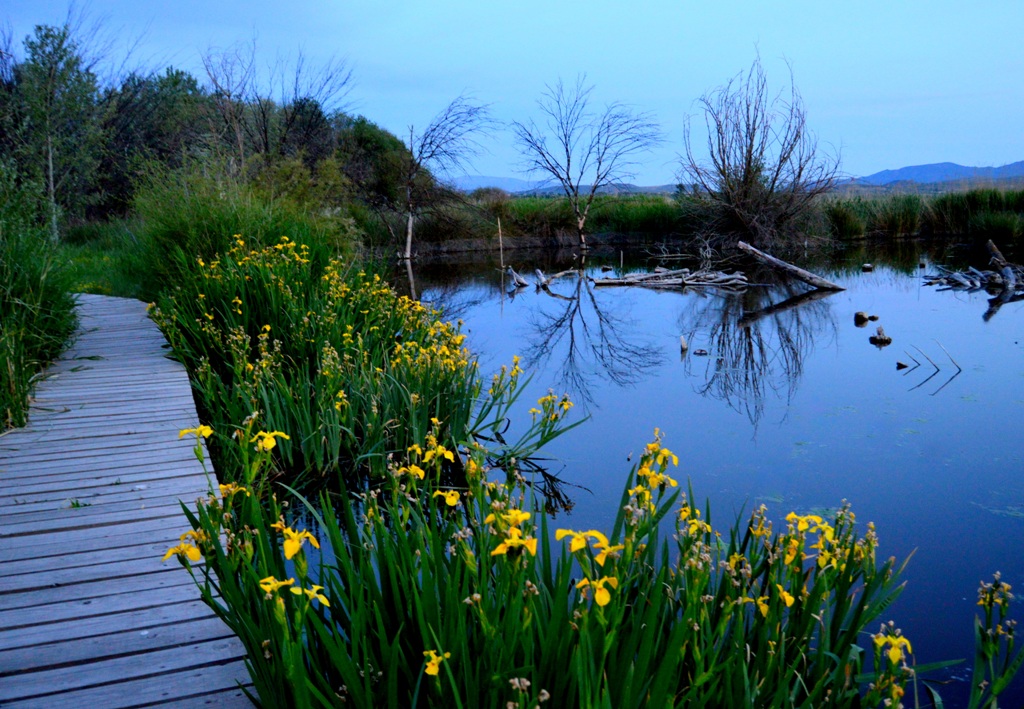
Situated in the south of the province of Granada and in the region of Valle de Lecrín, Padul is a district in a privileged location: on the road from Motril and the coast to the city of Alhambra, halfway between the Sierra Nevada, the Granada coast and La Alpujarra, which makes it an essential stop-off. In this valley you'll find Padul, which has been designated as the “botanical treasure of Europe”.
It has over 8,400 inhabitants but it has the feel of a village, where you can enjoy the tranquillity of a rural environment, nature walks, popular festivals, traditions, cuisine and some truly emblematic monuments.
The name of Padul originates from Roman times and derives from the Latin word “Paludis” which in English means “reservoir or lake”, referring to the Lagoon to be found in this district. Later, during the Nasrid era, the name changed to “al-Badul”, with a B, because the letter P does not exist in Arabic texts.
After all these changes, the definitive name of Padul, as we know it, was established from in the 16th century, when it appeared as such in the first texts written in Spanish.
It may well be that prehistoric times are one of the most significant moments for Padul, since the remains of a number of mammoths from this period have been found. They were found near one of the peat farms near the Lagoon in 1982. The remains found are of two mammoths and comprise three tusks, two jaw bones, humeri, femurs, ribs and vertebrae. They belonged to the Middle Pleistocene epoch and were probably drowned in the lagoon area which later became a peat bog. This is why the mammoth has become the symbol for the district.
History
The name originates from the Latin "palus-udis", which means lagoon, in reference to the large lagoon which occupied the area and which was still very large in the 18th century when it was drained; today, part of this old lake area has been transformed into a rich agricultural plain.
Belonging to the Middle Pleistocene epoch, in 1982 mammoth remains were found next to one of the peat farms near the Lagoon. Today, these remains can be visited in the Granada Science Park (the jaw bone and the tusks have been preserved in excellent condition thanks to the special conditions provided by the peat).
Very few documents have been found relating to the district in the early centuries of our era, but their are numerous remains indicating the importance of Padul during this period: for example, the Padul Roman tombs and the Cerro de Los Molinos Roman Road, which was built to improve communications between the coastal city of "Sexi" (Almuñécar) and “Iliberis” (Granada).
The Moors called it Qaryat Badul, and it enjoyed a long period of prosperity during the Moorish-Andalus era, although in the final years the Nasrid kingdom suffered a number of incursions by Christian troops. The knowledge we have of this stems from written documents describing the battles which ensued and which show that the Moors were defeated. The geographical details of the conflict coincide with those of El Padul, both in the distances as well as the existence of an irrigation trench of Roman origin which supplied water to area's inhabitants.
The strategic location led the Catholic Monarchs to conquer the Lecrín Valley, and specifically Padul, to prevent the passage of reinforcements and supplies to Granada from the coast and the Alpujarras.
During the Moorish uprising in the16th century, it suffered a surprise attack by two thousand Moors, who went on the rampage and killed a large number of Christian soldiers.
The chronicles recount how a villager from Padul, Martín Pérez de Arostegui, took cover in the so-called "Casa Grande" and, with the help of a few servants, forced the Moors to retreat which led King Philip II to grant him a noble title.

- Max 17
- Min 9
- Max 62
- Min 48
- °C
- °F

